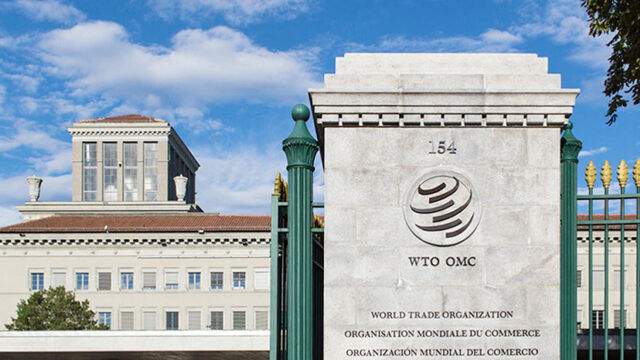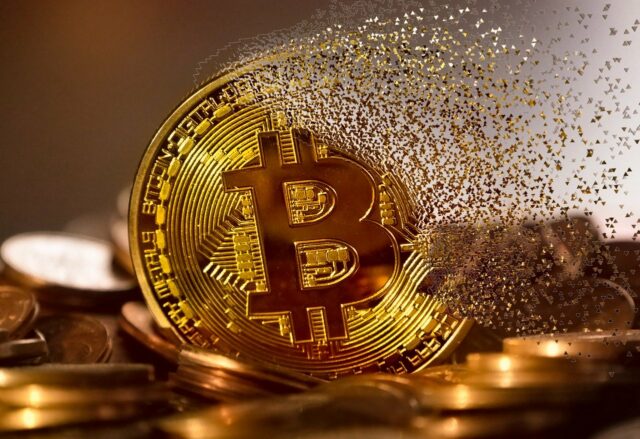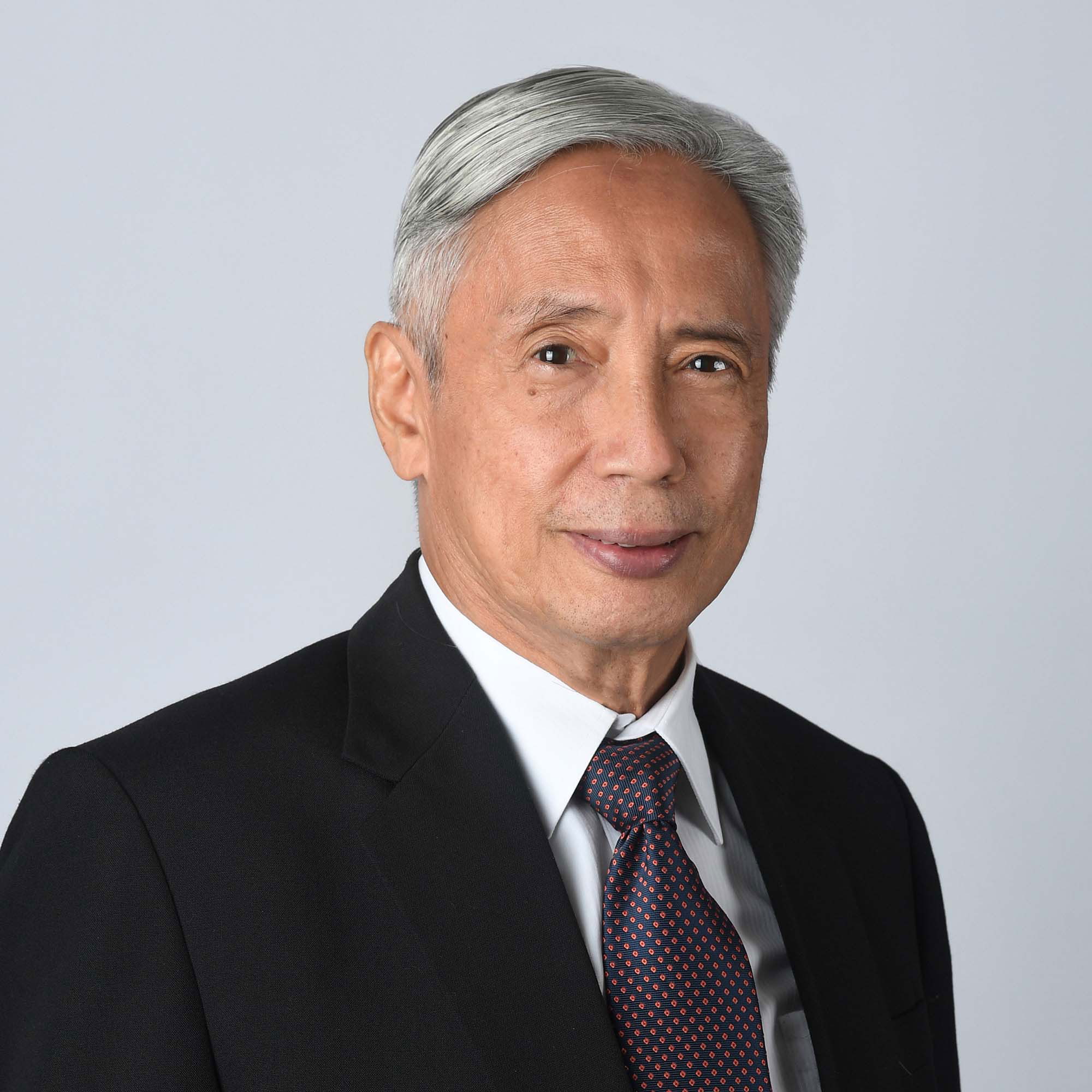The independence they fought for

The 124th anniversary of the declaration of Philippine independence came and went in the midst of an information crisis. That crisis has prevented the making of the independently minded, informed, and politically engaged mass of citizens any society with democratic pretensions needs to understand its problems, and to propose and be part of the solutions to them.
Millions of Filipinos know little or next to nothing about their own history and are practically clueless about the most recent events and issues. Some have never even heard of the Noli Me Tangere, or the Kalayaan newspaper. These millions recently went through an election and decided its results with hardly any awareness of the track records, backgrounds, and programs of government (if they had any) of the people they voted for, and hence are completely in the dark about what they are likely to do once they’re in power.
Due to, among other factors, a flawed educational system whose error-filled textbooks, and even some teachers, glorify authoritarian rule, and the troll farms maintained by dynastic interests that unrelentingly spread falsehoods, still others have never heard of the Bill of Rights either. And if they have the slightest inkling at all of the 1972-1986 martial law period, with a straight face will they tell everyone that it was a peaceful and prosperous “golden age.”
Research has established how ill-informed and unprepared for the responsibilities of citizenship Department of Education (DepEd) wards and products are. A worldwide 2019 study by the Program for International Student Assessment (PISA) rated Filipino basic education students last in reading comprehension and second to the last in mathematics and science. Things could have changed since — but most likely for the worse, due to the technical and other problems (internet connectivity issues, teacher unpreparedness, limited parental mentoring capacity, etc.) of the DepEd shift to distance learning at the height of the COVID-19 pandemic.
Equally relevant is a 2018 survey of 39 countries by the Ipsos MORI Social Research Institute of London, United Kingdom. It found Filipinos, who had presumably made it through the basic education system and even college, to be the third most ignorant on public issues while being among the most certain of the validity of their opinions about them.
The attempts at reasoned and fact-based discourse in the public sphere, where such concerns as economic recovery, health, human rights, food security, climate change, and foreign relations among others can be addressed through consensual proposals for the adoption of appropriate State policies have foundered on the rocks of mass mis- and disinformation-cum-arrogance as a result.
If there is anything that not only the history of the Philippines but also that of other nations teaches, it is how vital information is to the achievement of individual, social, and national freedom. The bodeguero (warehouseman) and Katipunan founder Andres Bonifacio and his fellow workers were as aware of it as much as Jose Rizal and other Ilustrados were, hence the Katipunan’s Kalayaan newspaper, and Rizal and company’s many issuances (satires, parodies, manifestos, open letters), including Rizal’s own novels, Noli Me Tangere and El Filibusterismo. Apparently, all of them, despite their class differences, knew that the realities of poverty, inequality, injustice, and oppression alone are not enough to drive any attempt at social revolution and national independence; identifying and understanding the cause and sources of those conditions and the means to correct them is also needed.
The same awareness also informed the leaderships of the armies of the Revolution and the first Asian Republic. Not only with arms did the Emilio Aguinaldo revolutionary government defend the Revolution. It also published El Heraldo de La Revolucion under different names in 1899. And Antonio Luna had earlier published La Independencia in 1898.
In the succeeding decades of US colonial rule, periodicals such as El Renacimiento and Muling Pagsilang continued the fight to recover Philippine independence. During the Japanese occupation, the guerrilla press countered Japanese propaganda with its own accounts of the war in the Pacific and the anti-Japanese resistance in the Philippines. Almost from day one of the martial law period, the underground and semi-legal publications of the many anti-dictatorship groups rigorously reported and provided analyses on the human rights violations, the plunder, and the corruption of the regime.
Despite this record attesting to Filipino appreciation of the indispensable role of information in defending Philippine independence and in combating foreign and domestic foes, the decades after 1980s witnessed the steady decline of mass awareness, much more understanding, of both the Philippine past and its present. The process accelerated during the Duterte regime, the oppressive media policies of which discouraged investigative and enterprise journalism while it orchestrated the spread of disinformation through the government media system, its keyboard army of trolls, and its mercenaries in print and broadcast media.
Previous administrations had preserved and even strengthened through a web of military, economic, and other agreements the Philippines’ dependency on its former colonizer that has so often mocked its claims to independence and sovereignty. But among the consequences of the information crisis is not only the Duterte regime’s ending with the country’s US dependency intact despite its supposedly “independent” foreign policy. It has also added to that unequal relationship the country’s surrender of its rights to its own territorial waters to imperialist China’s designs in the West Philippine Sea. Only a handful of journalists have subjected to any analysis the Philippines’ de facto subordination to one more foreign power, while only sporadically have there been any protests from a citizenry that hardly sees any truth, meaning, relevance or virtue in the much-abused but beguiling allegation that the Philippines is an independent country.
To begin the process of making independence truly meaningful today, 124 years after June 12, 1898, the educational system has to admit and review how much it has contributed to the crisis in information and communication so it can find the means to help end it — not in the way Education Secretary-to-be Sara Duterte wants (recasting what she mistakenly thinks is the DepEd’s anti-Marcos and anti-martial law bias) but towards providing its young wards the truth not only about the problematic periods in Philippine history, but also about everything else.
As powerful purveyors of information, journalists and their media organizations — at least those who are independent and aware that truth-telling is a fundamental responsibility in communication — must once more commit themselves to the unending task of combating mis- and disinformation. It will not be only for the country’s sake but also for their own: journalistic independence and press freedom are best protected by a citizenry that appreciates the service the media provide.
This demands the reinvention of the “he said, she said” “just the facts” journalism that makes a fetish out of “objectivity” but which for years has been drummed into their heads by their old-school elders and the 200-plus diploma factories that offer journalism and other media and communication programs in this benighted country. It means getting at the facts first of all, yes, but also putting them in context, interpreting what they mean, and subjecting them to the analysis that one sees only rarely in much of the media.
Independence of mind as well as of the Filipino nation that was yet to be was what Rizal, Bonifacio, Apolinario Mabini, and company wrote, fought and died for. And they are inextricably linked, the first being the essential condition for the achievement of the second.
Luis V. Teodoro is on Facebook and Twitter (@luisteodoro).














